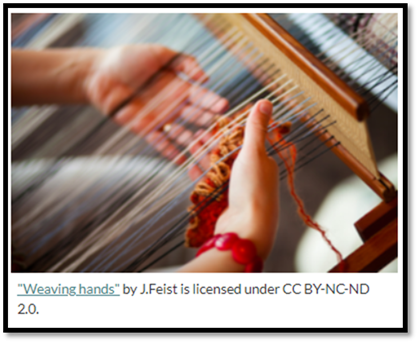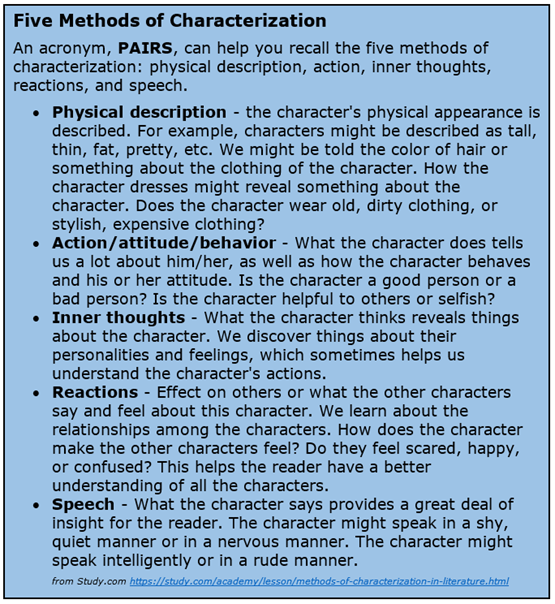Myth
Unit Overview
In
this unit, you will identify and
analyze a myth text's central idea and supporting details and describe the five
characterization methods.
Click here to download notes for this
unit.
Myths
The key concepts of a myth can vary depending
on the particular myth and the culture it comes from, but some common concepts
include the following:
1. Supernatural beings or
gods:
Myths often feature divine or supernatural beings with extraordinary powers and
abilities.
2. Creation or origin
stories: Many myths explain the origins of the world or the creation of
human beings through stories that feature gods or other supernatural beings.
3. Heroes or protagonists: Myths often feature
heroic characters who overcome challenges or obstacles to achieve great things.
4. Morals or lessons: Many myths contain
moral messages or lessons about the values and beliefs of the culture from
which they originate.
5. Symbolism: Myths often use
symbolism to represent abstract ideas or concepts in a tangible form.
6. Rituals or traditions: Some myths are
closely tied to religious or cultural traditions and may be used to explain the
reasons behind certain practices or customs.
Overall, myths are complex and multifaceted
stories containing many key concepts, depending on the specific myth and the
culture that created it.
Reading Tips
·
A myth text tells a story and thus has a beginning, middle, and
end.
·
Because mythical texts are stories, they have characters –
usually gods, and some characters are more important than others.
·
Decide what is important by focusing on the characters and
interactions to which the author of the myth text devotes the most attention.
Reading the Passage
Read the Myth: "Arachne"
Olivia E. Coolidge (1908-2006) was a
British-born American writer and educator. Coolidge published 27 books, several
of which were written for young adults. In Coolidge's adaption of a Greek myth,
a talented weaver is challenged by the goddess of wisdom, Athena.

Remember
In fiction writing, the central idea is the theme. To determine the
theme, the reader must look at the whole passage.
Characterization in literature is
the process authors use to develop characters and create images of the
characters for the readers. There are two different approaches to
characterization: direct and indirect.
·
Direct characterization, the author tells us
what they want us to know about the character.
·
Indirect
characterization, the author shows us things about the character to help us understand
the character's personality and effect on other characters.

Foreshadowing is when certain
details or situations hint at something bigger that will happen. It is often
easier for the reader to see the second time they read the passage because the
reader knows the story's outcome.
Click here for more practice
reading and answering questions based on a Myth.